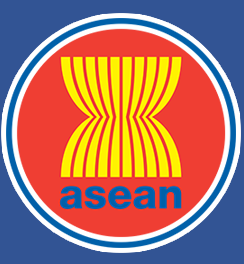ASEAN Journal on Science and Technology for Development
Abstract
The direct and indirect ionizing radiation sources for boron neutron capture therapy (BNCT)are identi?ed. The mechanisms of physical, chemical and biological radiation interactions for BNCT are systematically described and analyzed. The relationship between the effect of biological radiation and radiation dose are illustrated and analyzed for BNCT. If the DNAs in chromosomes are damaged by ion- izing radiations, the instructions that control the cell function and reproduction are also damaged. This radiation damage may be reparable, irreparable, or incorrectly repaired. The irreparable damage can result in cell death at next mitosis while incorrectly repaired damage can result in mutation. Cell death leads to variable degrees of tissue dysfunction, which can affect the whole organism’s functions. Can- cer cells cannot live without oxygen and nutrients via the blood supply. A cancer tumor can be shrunk by damaging angiogenic factors and/or capillaries via ionizing radiations to decrease blood supply into the cancer tumor. The collisions between ionizing radiations and the target nuclei and the absorption of the ultraviolet, visible light, infrared and microwaves from bremsstrahlung in the tumor can heat up and damage cancer cells and function as thermotherapy. The cancer cells are more chemically and biologically sensitive at the BNCT-induced higher temperatures since free-radical-induced chemical re- actions are more random and vigorous at higher temperatures after irradiation, and consequently the cancer cells are harder to divide or even survive due to more cell DNA damage. BNCT is demonstrated via a recent clinical trial that it is quite effective in treating recurrent nasopharyngeal cancer.
Publication Date
12-24-2018
Recommended Citation
Ren-Tai, Chiang
(2018)
"Analysis of Radiation Interactions and Biological Effects for Boron Neutron Capture Therapy,"
ASEAN Journal on Science and Technology for Development: Vol. 35:
No.
3, Article 6.
DOI: https://doi.org/10.29037/ajstd.535
Available at:
https://ajstd.ubd.edu.bn/journal/vol35/iss3/6

